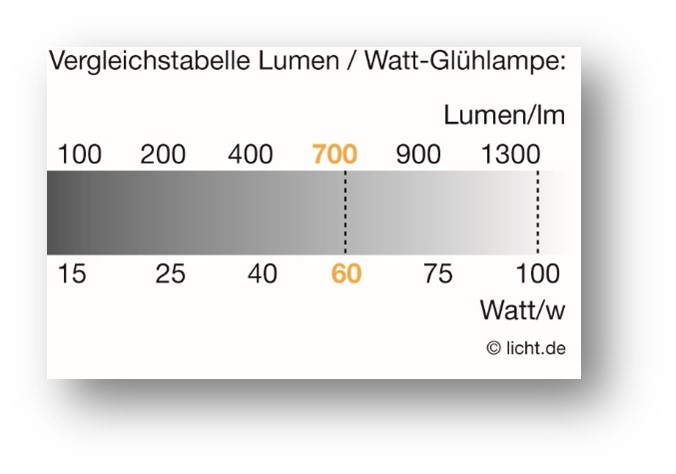
Lighting quality features
Lux &Lumen
What is quality of light? What criteria should you look for when buying luminaires? Which technical terms should you know? These contents will help you find your way around the world of Lux and Lumen.
The freshly cooked, temptingly scented meal seems somehow bland, the wardrobe is hard to see in the wardrobe and in the evening you feel tired far too quickly? This may be due to the lighting! Maybe the luminaires are not powerful enough, have the wrong light colour or their colour rendering properties are inadequate. A brief introduction to lighting quality features provides the basic knowledge needed to identify sources of error and improve lighting at home.
What constitutes good lighting quality?
First of all, the lighting level needs to be right, because only when there is a sufficient amount of light for the visual task can it be performed. Too little light strains the eyes and has a tiring effect, too much light disturbs and dazzles. Good visual perception in a room is also determined by the factors of brightness distribution, light direction and modelling, which have a positive impact on three-dimensional vision.
Illuminance
Illuminance has a major influence on how quickly, safely and easily a demanding visual task - e.g. reading in the living room - can be performed by the eyes. It should not be too low, but not too high either, so that we are not dazzled. Illuminance is measured in lux (lx) and describes the amount of light striking a surface, e.g. a book or worktop. High illuminance is always crucial where permanently good visual conditions are required, e.g. when working in a home office or kitchen. Just a few years ago, people had a fairly accurate sense of the amount of light emitted by a 60W or a 100W incandescent lamp. Since the advent of LEDs, the wattage no longer provides information about the brightness of the light source and there is often uncertainty about the unit of measurement lumen, which stands for luminous flux. It indicates the amount of light emitted. The following table correlates the old empirical values with the new values.
© This text is based on content from licht.de

